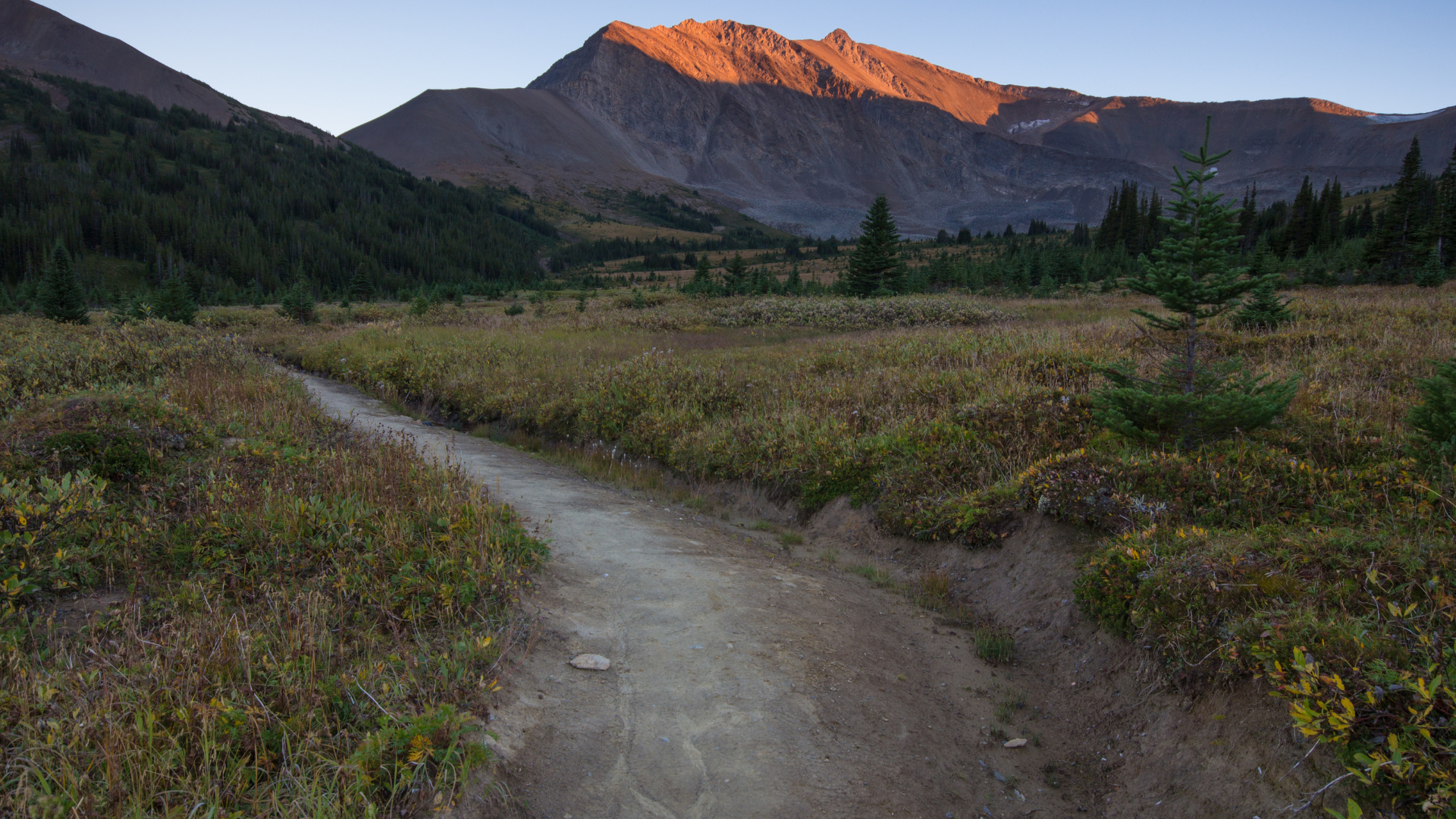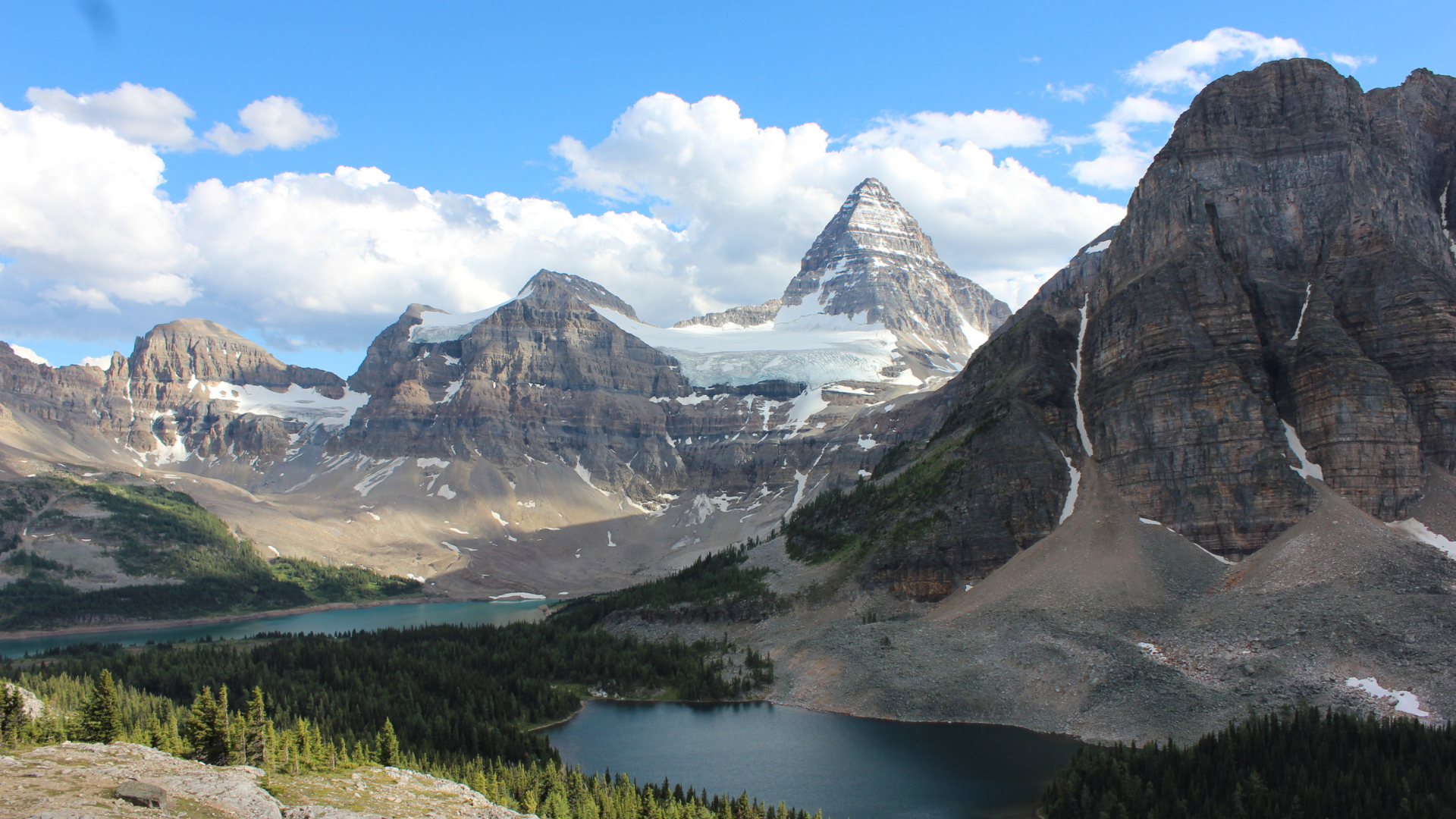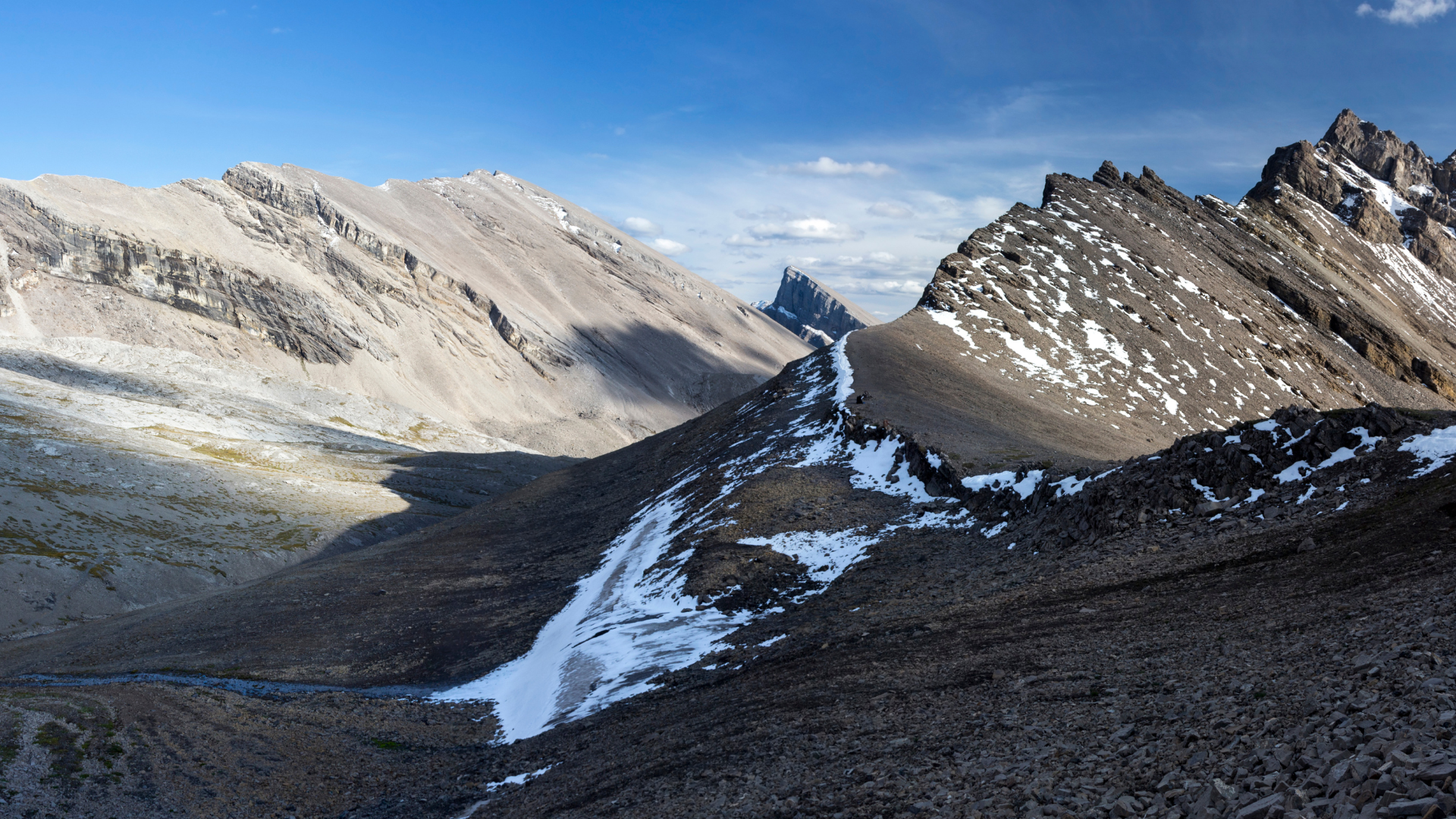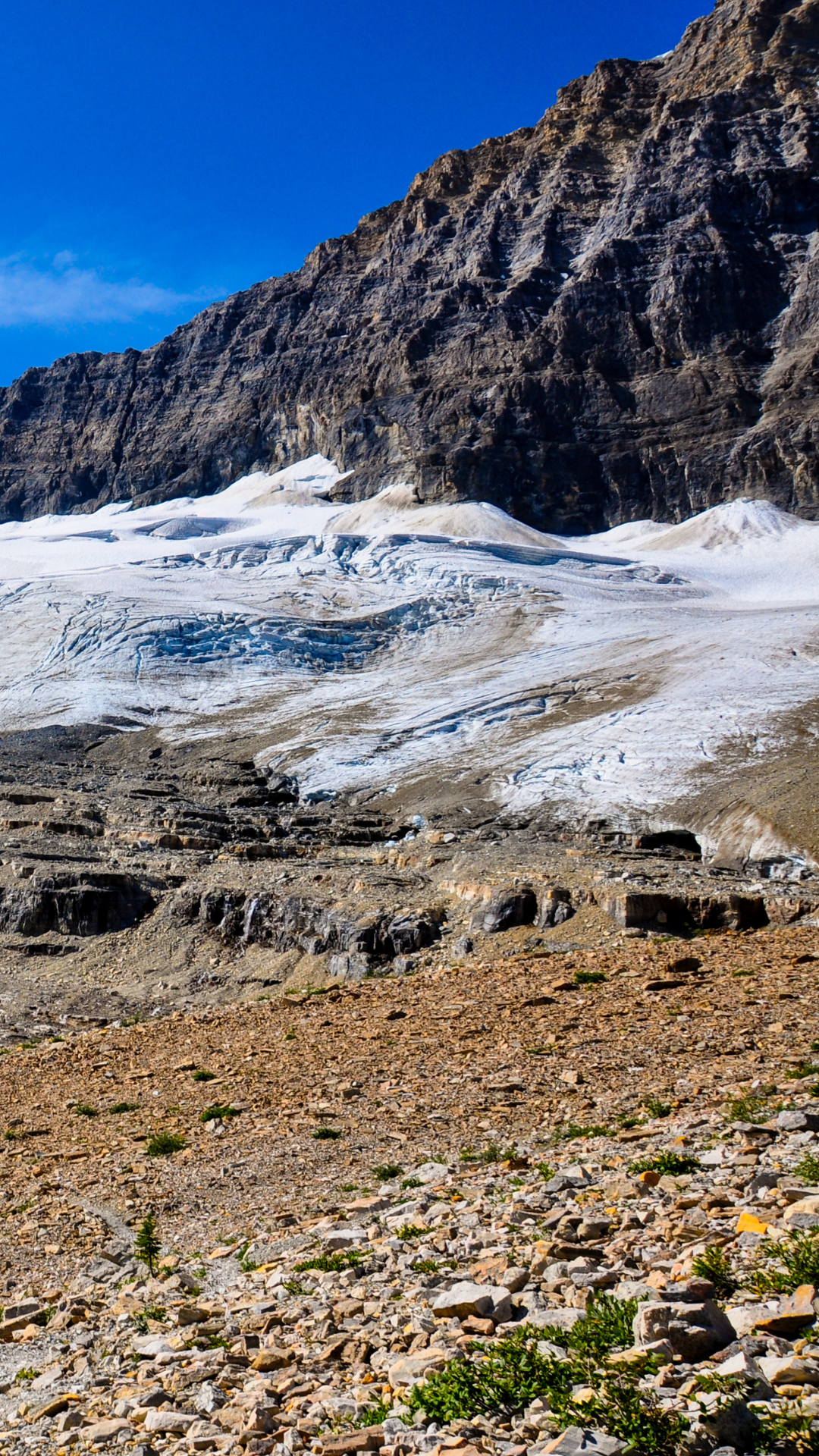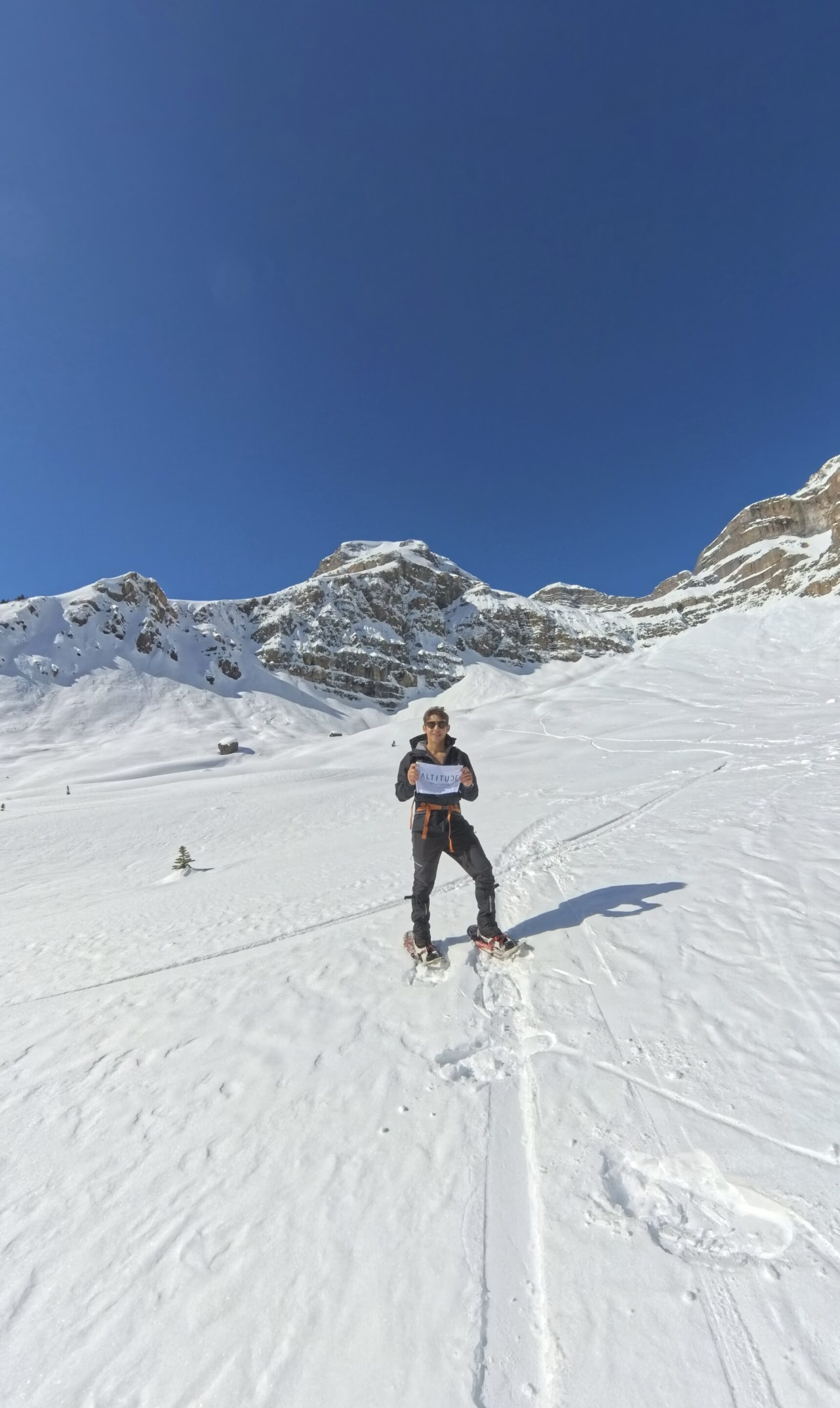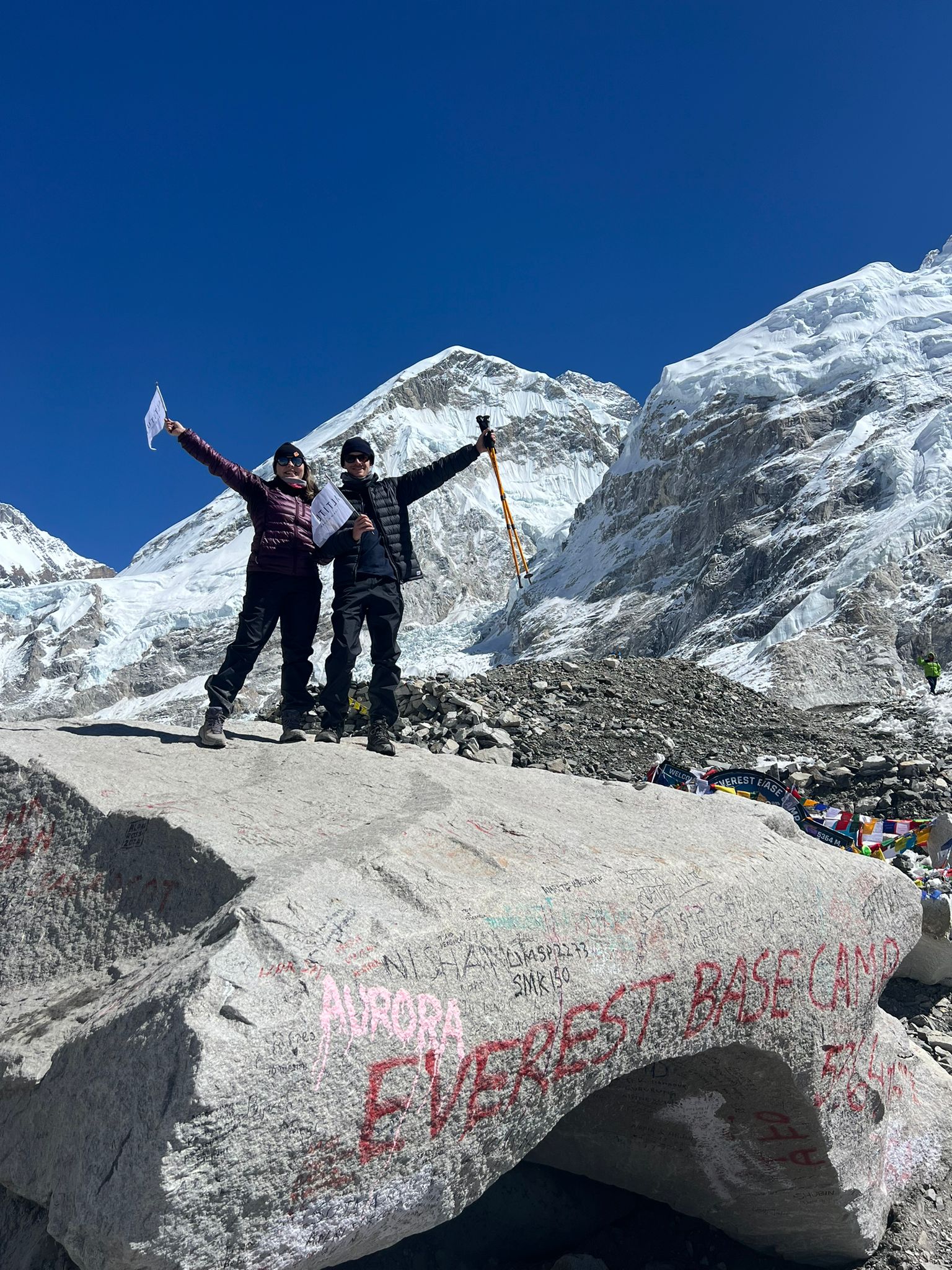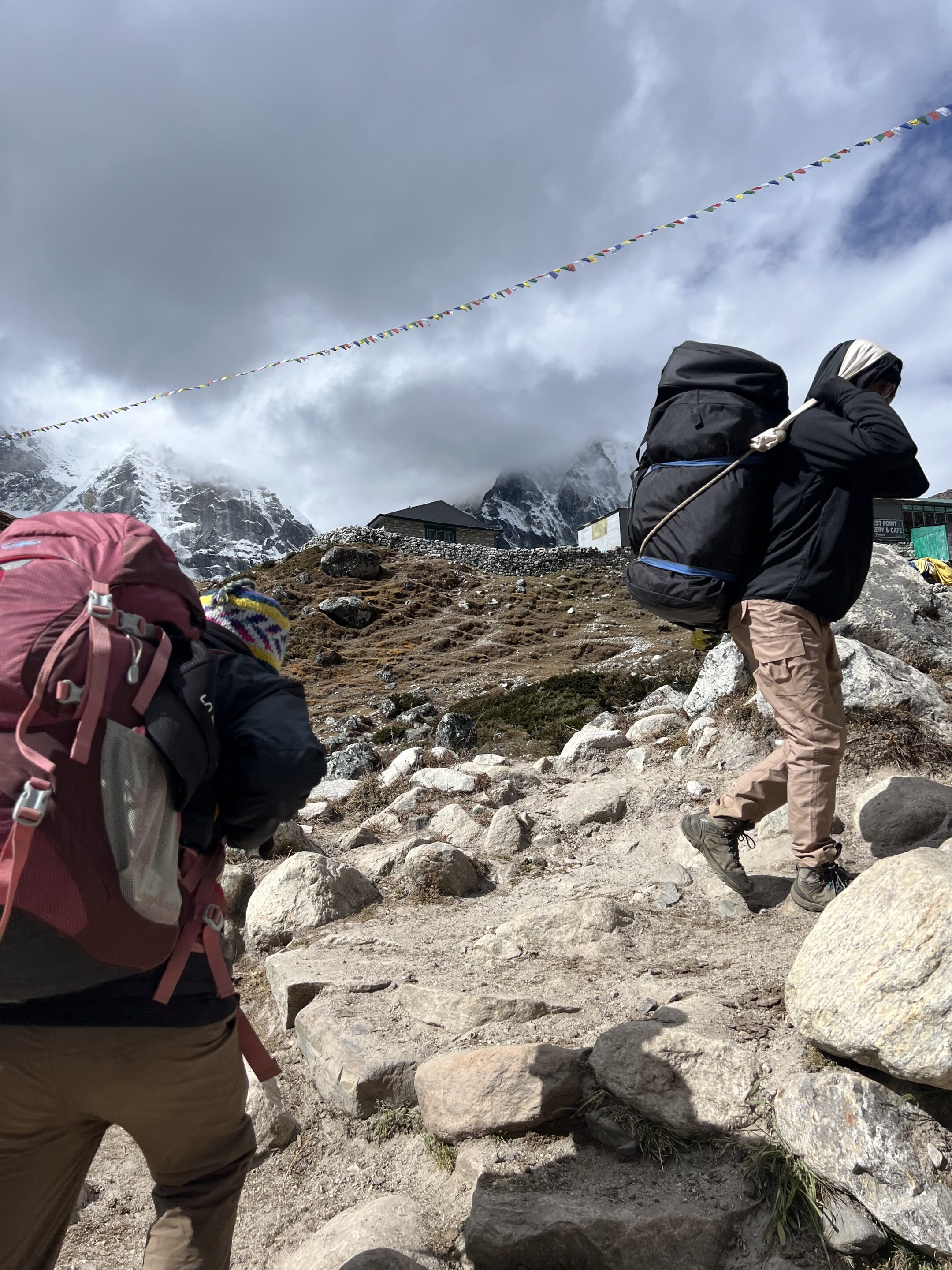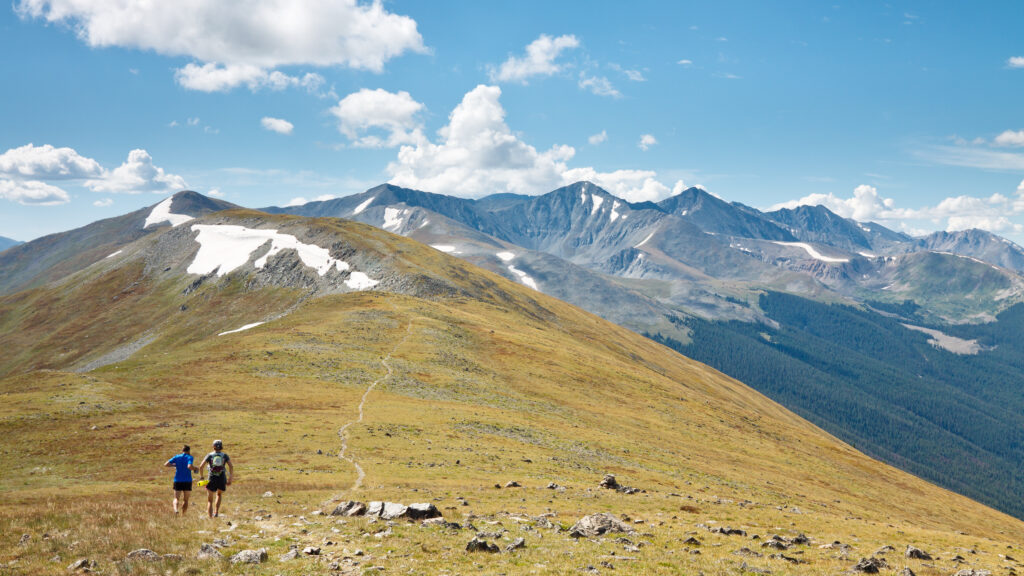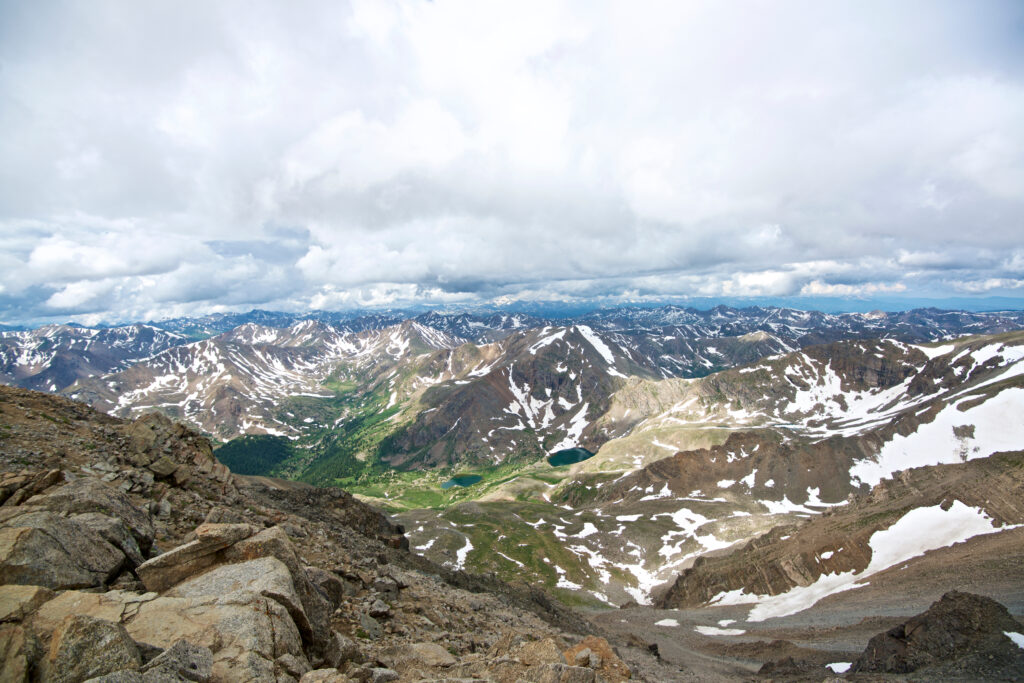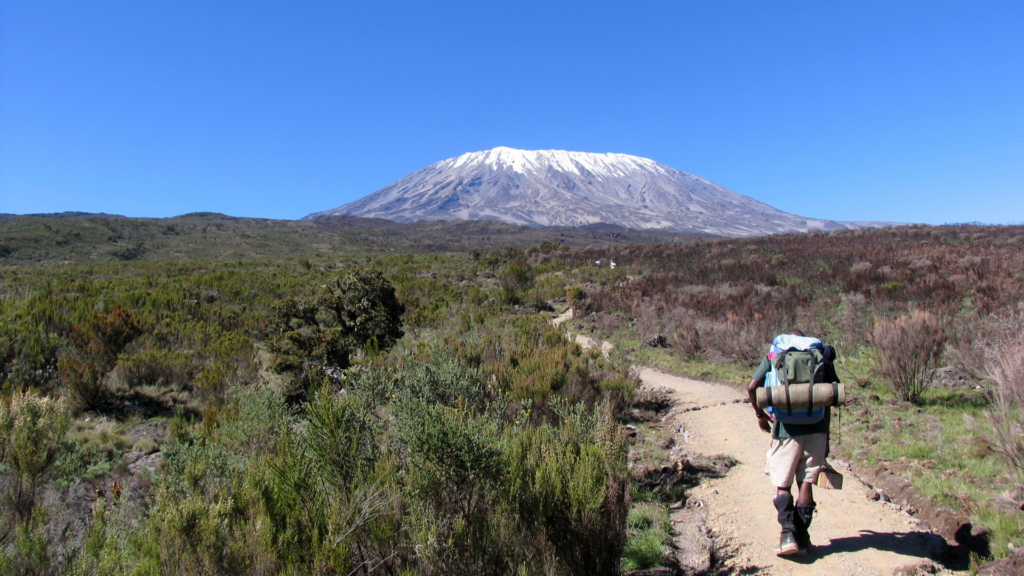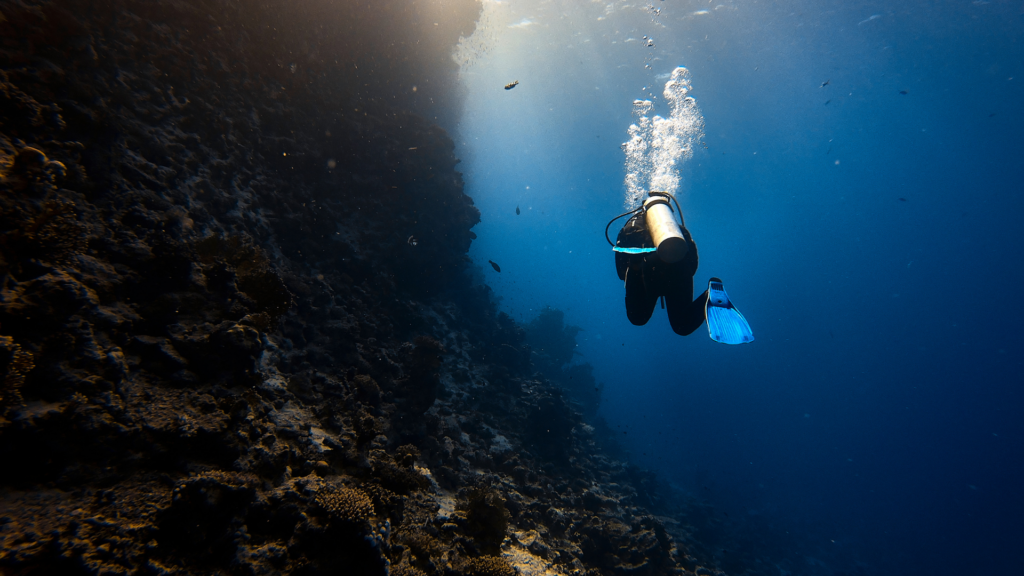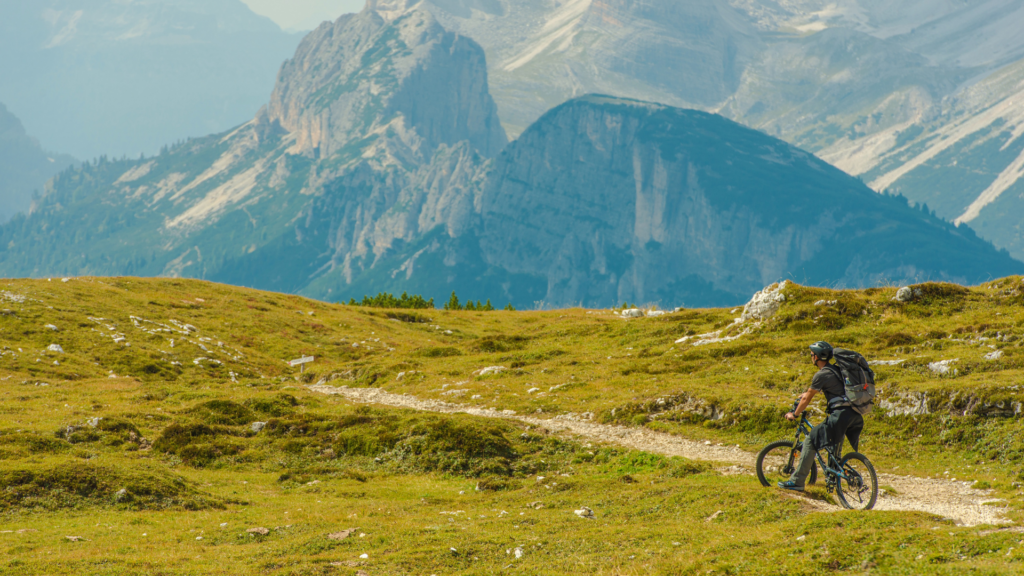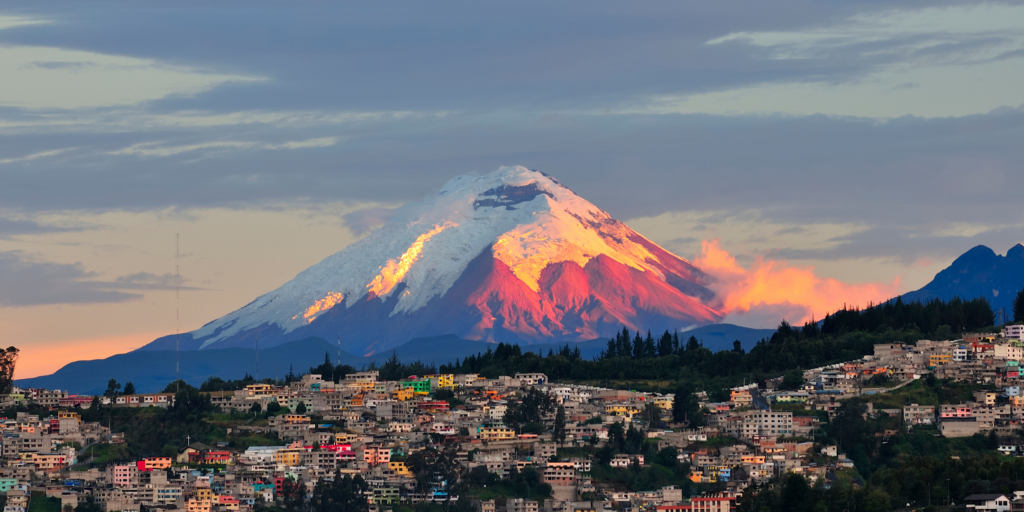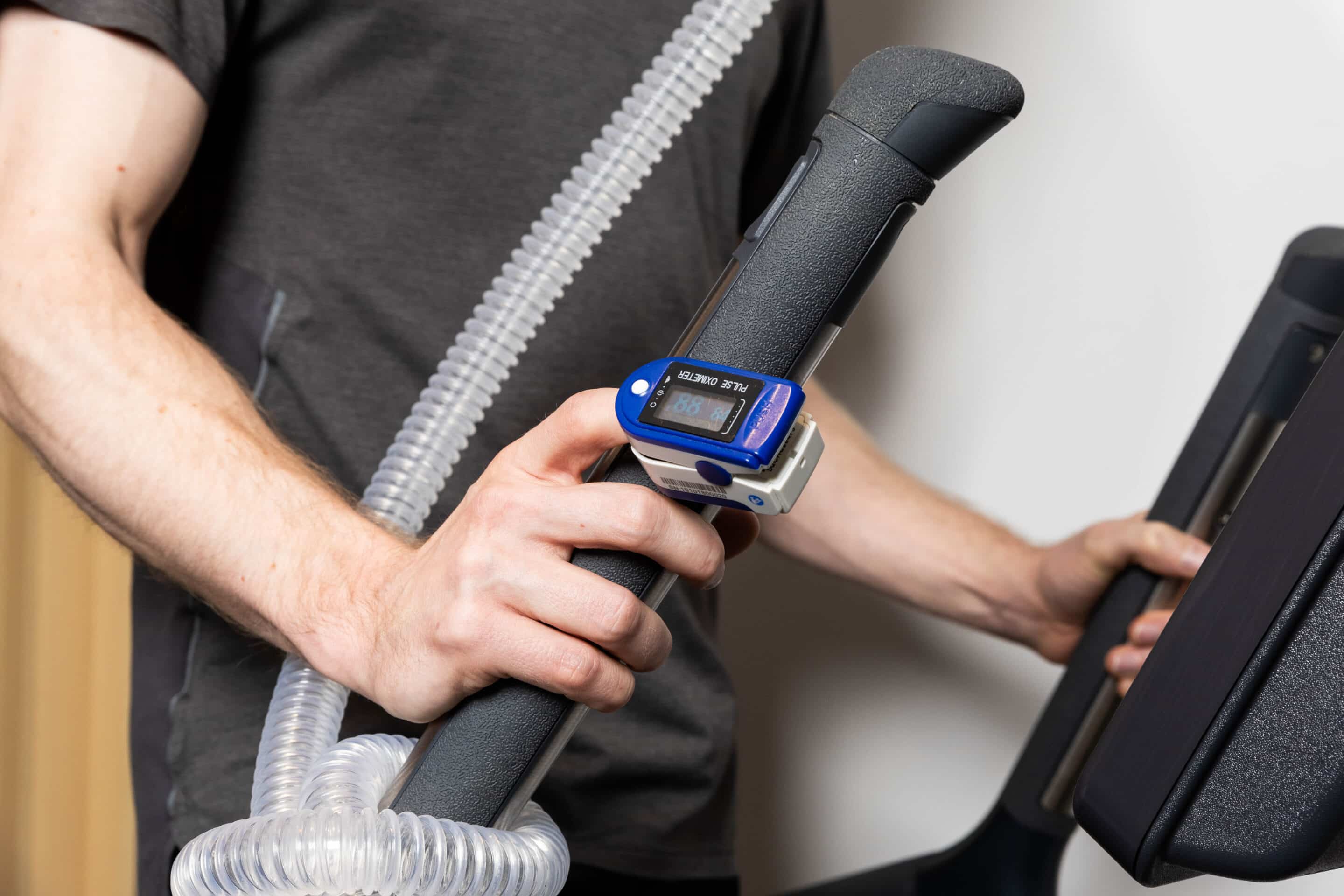How to Train for a High-Altitude Triathlon
Where Endurance Meets Elevation: How to Perform When Oxygen is Limited
Training for a triathlon is already a test of endurance, discipline, and resilience. Add high altitude to the mix, and you’re looking at an entirely different level of challenge—and opportunity. Whether you’re eyeing a race in the Colorado Rockies, the Alps, or the Andes, preparing properly can mean the difference between surviving and truly performing.
Why Altitude Matters
At high elevations (usually above 1,500–2,000 meters or 5,000–6,500 feet), the air contains less oxygen. That means your muscles—and your brain—receive less of the fuel they rely on for performance. This can lead to:
-
Reduced aerobic capacity (VO₂ max)
-
Faster onset of fatigue
-
Increased breathing and heart rate
-
Higher perceived exertion
-
Slower recovery
In short: what feels hard at sea level feels harder at altitude.

Training Smart: Your Pre-Race Strategy
1. Get Acclimatized If You Can
If your schedule allows, arrive at race altitude 10–14 days before your event. This gives your body time to adjust to the lower oxygen levels, producing more red blood cells and improving oxygen transport.
Can’t spare the time? Research shows that arriving just a few hours before competition (the “fly‑in/fly‑out” strategy) is a plausible last‐resort, but it hasn’t been proven superior to arriving the evening before. In one controlled study, cyclists who arrived just hours before their 20 km time trial did not outperform those who flew in the night before—physiological measures (like sleep quality, ventilatory response, plasma volume) did not differ significantly between approaches.
2. Incorporate Altitude Simulation Into Your Training
If you’re training at sea level, simulated altitude training can help bridge the gap. Training in a hypoxic environment—like Altitude Athletic Training’s 10,000 ft facility in Toronto—can trigger beneficial adaptations that support endurance performance, such as:
-
Improved mitochondrial efficiency (more power output at the same effort)
-
Greater capillary density (better oxygen delivery to muscles)
-
Enhanced lactate buffering capacity (delay fatigue and recover faster)
-
Increased ventilatory response (more efficient breathing under stress)
Structured altitude exposure can improve aerobic efficiency and fatigue resistance, helping you perform better at elevation without needing to live in the mountains.
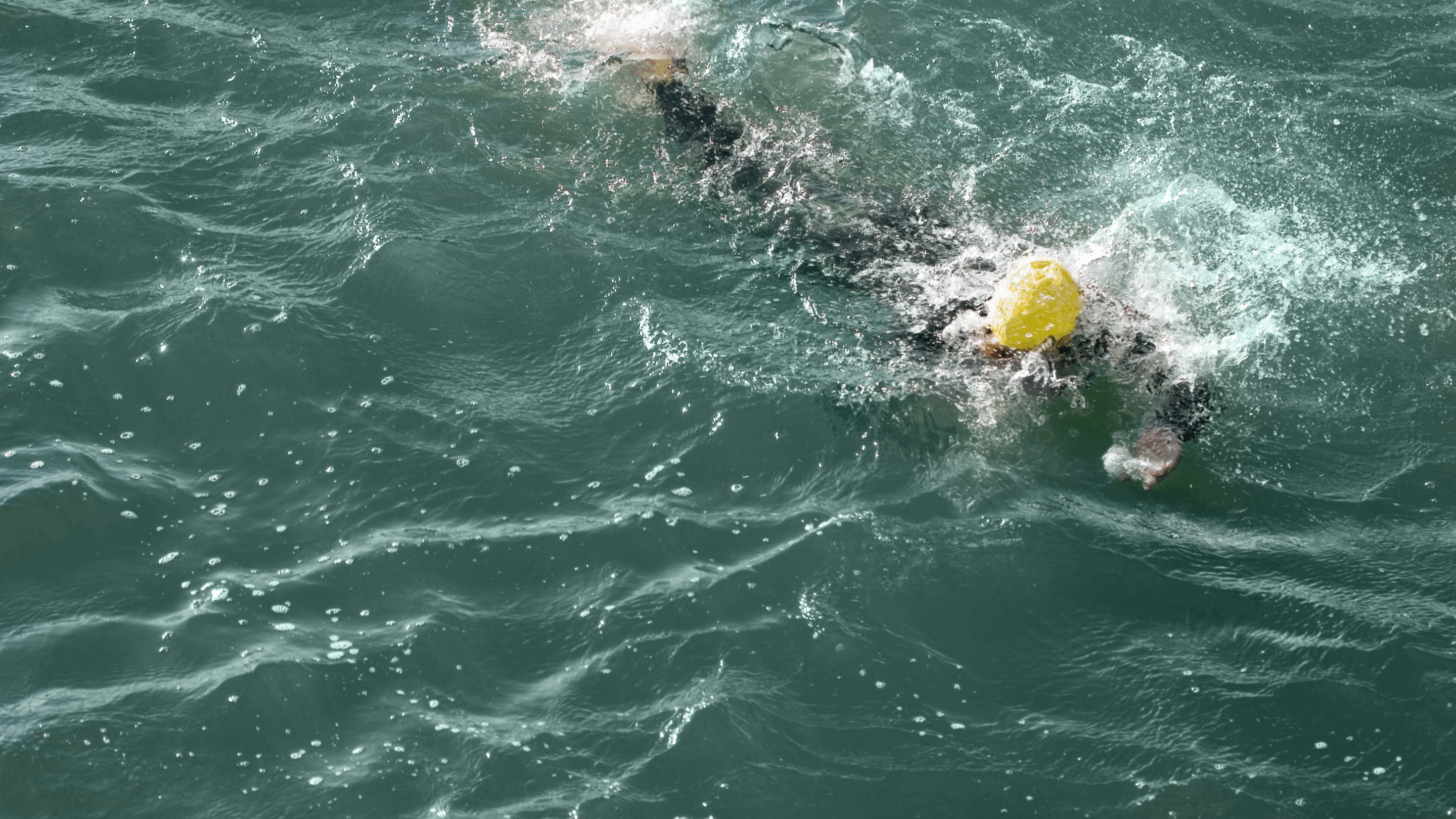
3. Focus on Aerobic Efficiency
At altitude, you burn through your energy stores faster and accumulate fatigue more quickly. Training your aerobic system to be more efficient is key. Prioritize:
-
Long, steady-state efforts at Zone 2 (around 65–75% of max HR)
-
Brick workouts (bike-to-run) at controlled intensities
-
Strength training to improve muscular economy and injury resilience
4. Dial in Your Race Pace and Nutrition
Pacing at altitude is tricky—what feels sustainable early on can quickly lead to blow-up. Train with heart rate and perceived exertion as your guide, and use tools like lactate threshold or VO₂ testing to set accurate zones.
Also, hydration and fueling needs are higher at altitude. The air is drier, and sweat evaporates faster, increasing the risk of dehydration. Train your gut, know your fueling strategy, and stay on top of hydration.
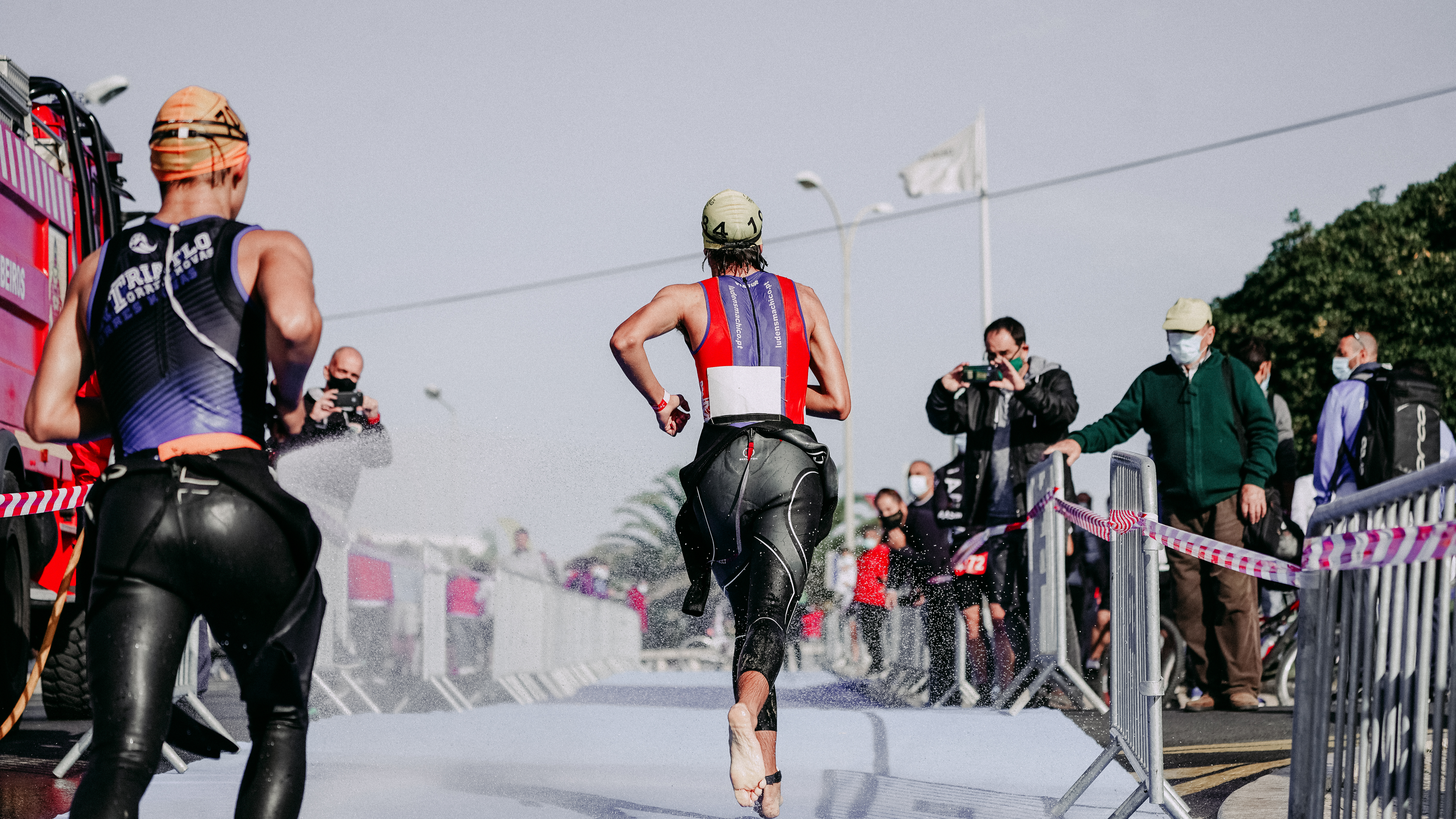
5. Don’t Neglect Recovery
Sleep quality often takes a hit at altitude. Combine that with the physiological stress of training and racing, and your body needs more time to recover. Use tools like:
-
Compression
-
Breathwork
-
Active recovery sessions
-
Low-intensity hypoxic training to promote adaptations without added strain
Training for a high-altitude triathlon isn’t just about working harder—it’s about working smarter. Prepare your body to adapt, get familiar with how altitude affects your pace and effort, and arrive confident that you’ve done everything possible to be ready.
Need help getting started with training or choosing the right strategy ? Book a consultation and let’s start planning your high-altitude triathlon training.

